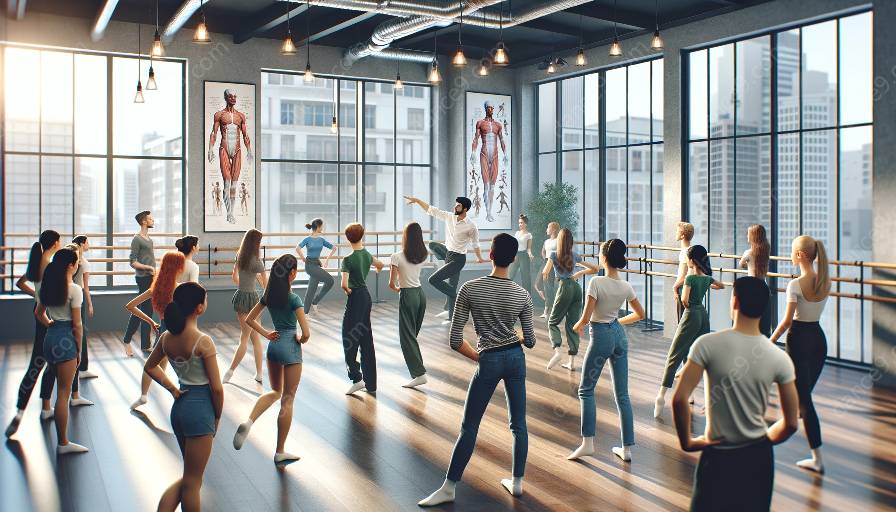Dance education has evolved over the years, integrating various teaching methodologies to provide comprehensive and effective training to students. One of the ways dance educators can enrich their teaching is by incorporating improvisation and choreography into their curriculum. This approach not only enhances the creative and expressive abilities of the students but also aligns with the diverse techniques and pedagogies employed in dance education.
Understanding Dance Teaching Methodologies
To effectively integrate improvisation and choreography into dance education, educators need to comprehend the different teaching methodologies commonly used in the field. These methodologies often include elements such as body awareness, movement principles, dance technique, creative exploration, and performance skills. By understanding the core principles of these methodologies, educators can tailor their approach to seamlessly integrate improvisation and choreography into their teaching.
Benefits of Integrating Improvisation and Choreography
Integrating improvisation and choreography into dance education offers a myriad of benefits for both educators and students. It provides students with the opportunity to explore their creativity, develop their own unique movement vocabulary, and cultivate a deeper understanding of the art form. Additionally, this approach nurtures collaborative skills and promotes a sense of ownership and authorship among the students, fostering a supportive and inclusive learning environment.
Moreover, the integration of improvisation and choreography empowers students to become versatile and adaptable dancers, equipped with the skills to respond to new and unfamiliar movement challenges. It also encourages students to engage in critical thinking, problem-solving, and self-expression, which are essential attributes for a well-rounded dance education.
Teaching Techniques for Integrating Improvisation and Choreography
To effectively integrate improvisation and choreography into dance education, educators can employ various teaching techniques. These techniques may involve guided improvisational exercises, structured improvisation tasks, and the application of choreographic principles. Educators can also encourage students to participate in collaborative choreographic processes, where they have the opportunity to contribute their creative ideas and concepts to the choreographic work.
Additionally, educators can utilize movement prompts, imagery, music, and props to inspire improvisation and choreographic exploration. By creating a rich and diverse teaching environment, educators can guide students toward discovering their own artistic voices, fostering a deep sense of ownership over their creative expression.
Enhancing Dance Education and Training
The integration of improvisation and choreography into dance education significantly enhances the overall training experience for students. It enables students to develop a strong sense of compositional awareness, spatial dynamics, and musicality, thereby expanding their artistic capabilities. Furthermore, this approach encourages students to engage in reflective and evaluative practices, refining their ability to analyze and articulate their creative choices, and fostering a culture of self-reflection and critique.
By integrating improvisation and choreography, dance educators can also cultivate an environment that celebrates diversity and inclusivity within the dance discipline. Students from varying backgrounds and experiences can find their unique artistic voices, contributing to a rich tapestry of movement, ideas, and cultural expressions within the dance education setting.
Conclusion
The integration of improvisation and choreography into dance education presents an innovative and enriching approach to teaching, aligning with the diverse methods and pedagogies employed in the field. By embracing this approach, educators can not only nurture the creative and expressive abilities of their students but also elevate the overall dance education experience, shaping versatile and adaptable dancers equipped with a deep understanding of their craft.















